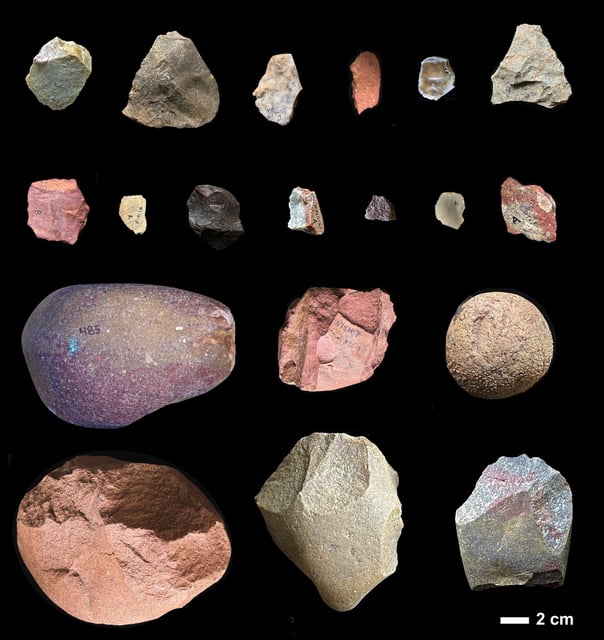Overview
- Researchers analyzed 401 stone artifacts from Kenya’s Nyayanga site and matched their geochemical signatures to samples from 11 rock deposits, identifying high-quality quartzite sourced 13 kilometers away.
- This evidence extends the record of long-distance raw-material transport from about 2 million to at least 2.6 million years ago, making Nyayanga the oldest known example.
- Oldowan cutting and pounding tools at the site were crafted from transported quartzite to avoid the dulling and shattering that local rocks underwent during butchery tasks.
- Investigators interpret the behavior as a sign that early hominids possessed mental maps of resource locations and incorporated strategic material collection into their foraging expeditions.
- Outstanding questions include which hominin group—early Homo or Paranthropus—was responsible for the transport and how widespread this planning behavior was across ancient populations.
